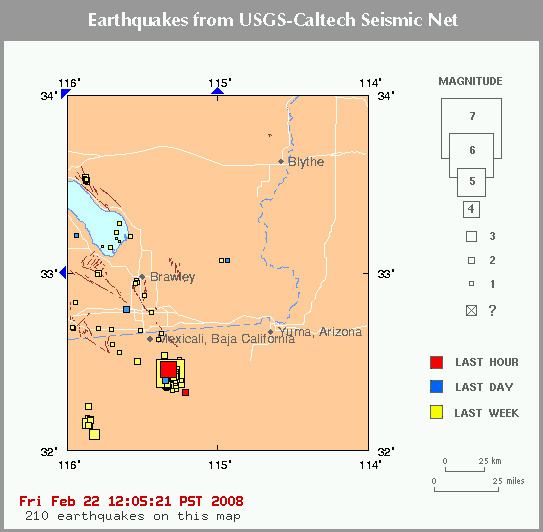 | ||
Earthquake swarms are events where a local area experiences sequences of many earthquakes striking in a relatively short period of time. The length of time used to define the swarm itself varies, but may be of the order of days, weeks, or months. They are differentiated from earthquakes succeeded by a series of aftershocks by the observation that no single earthquake in the sequence is obviously the main shock.
Examples
References
Earthquake swarm Wikipedia(Text) CC BY-SA
